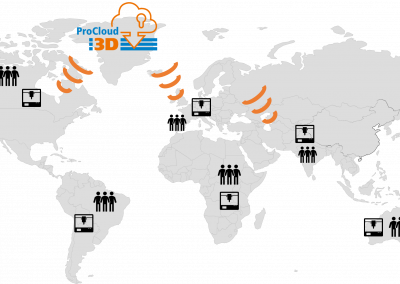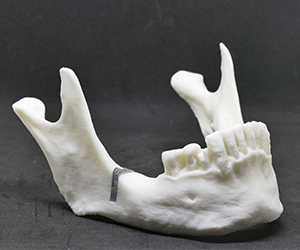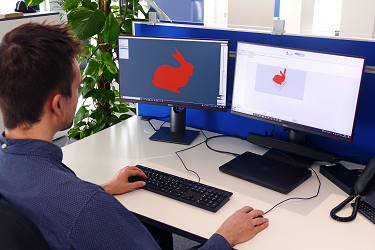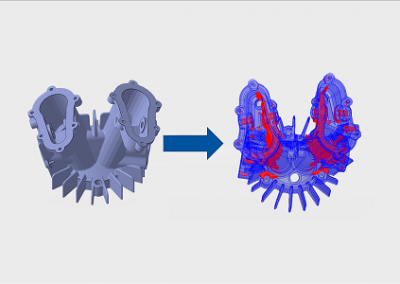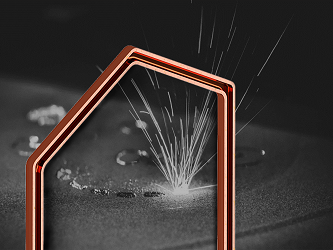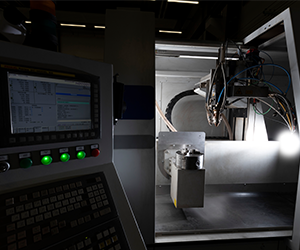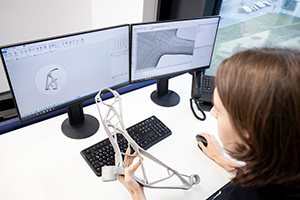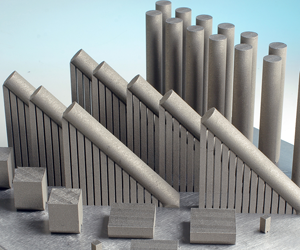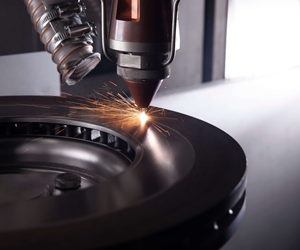Key Words: EHLA, Corrosion Protection, Wear Protection, Environment Protection, Coating Technology
Wear and Corrosion Protection Coatings of Brake Discs Using EHLA
Current global political debates on climate protection demand for a reduction of fine dust emissions. The generation of fine dust by exhaust gases from road traffic has already been reduced significantly in recent decades. Nevertheless, there is still fine dust pollution mainly caused through brake wear1. Economical and resource-conserving coating technologies for wear and corrosion protection of brake discs promise to be an essential solution with regard to this challenge.
One of them is the Extreme High-Speed Laser Material Deposition (EHLA) process. Unlike conventional Laser Material Deposition (LMD), the energy is introduced into the powder filler material above the substrate during EHLA. The process achieves a high process speed (up to 500 m/min), a layer thickness from 20 to 350 μm, metallurgical bonded layers free from defects and a high material efficiency (up to 95 %). Furthermore, almost any alloy can be applied for coatings of the substrate material (e.g. iron-, nickel-, aluminum-based alloys, Metal Matrix Composites (MMC) through the use of EHLA. Additionally, process efficiency in terms of energy and resources is increased and coating time is reduced.
Compared to common coating technologies, e.g. nickel / hard chrome plating, the new brake disk coating process requires fewer process steps: only the EHLA process is required to apply a two-layer system consisting of corrosion and wear protection (see figure left) onto the brake discs´ surface.
Taking the advantages and possibilities into account, it becomes clear that the application of wear and corrosion protection coatings by means of EHLA has the potential to significantly contribute to the reduction of fine dust pollution caused through brake wear. Since the EHLA coating considerably increases the life cycles of brake discs, resources are saved, additionally.
Stephan Koß, M. Sc.
RWTH Aachen Chair
Digital Additive Production DAP
Campus-Boulevard 73
52074 Aachen
Further Research Topics
This picture shows a component that was developed in one of our projects together with Kueppers Solutions GmbH.



